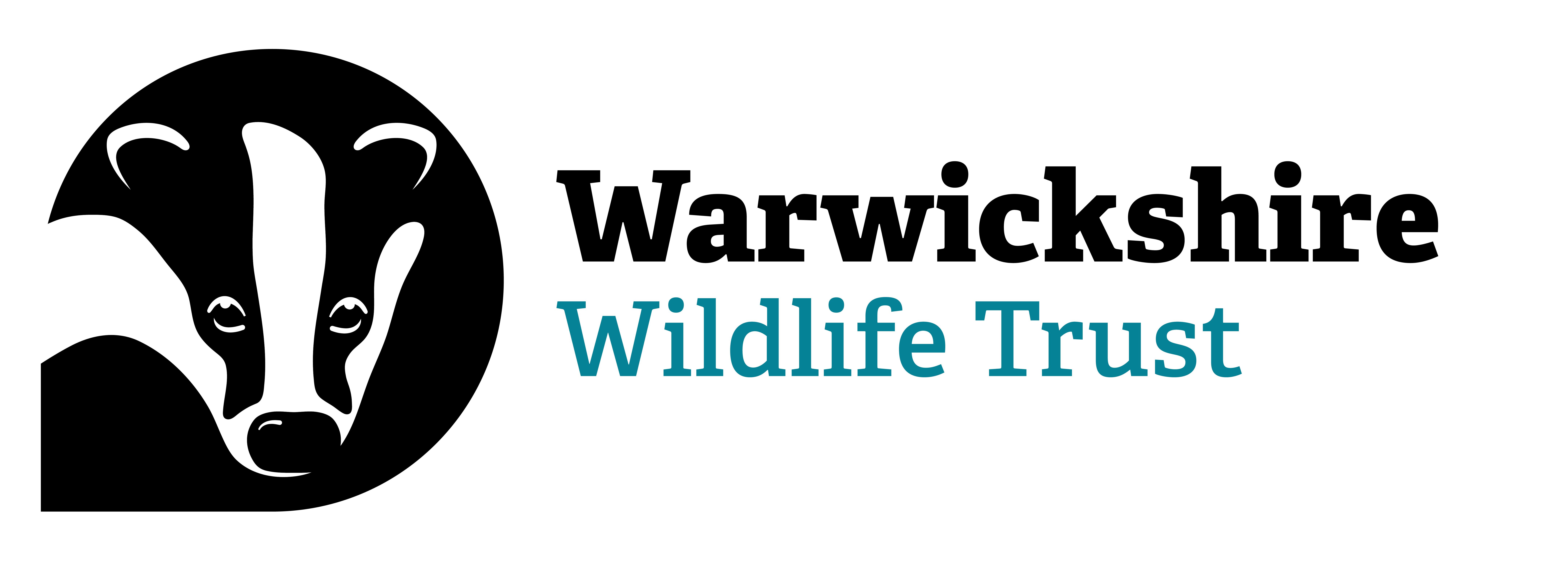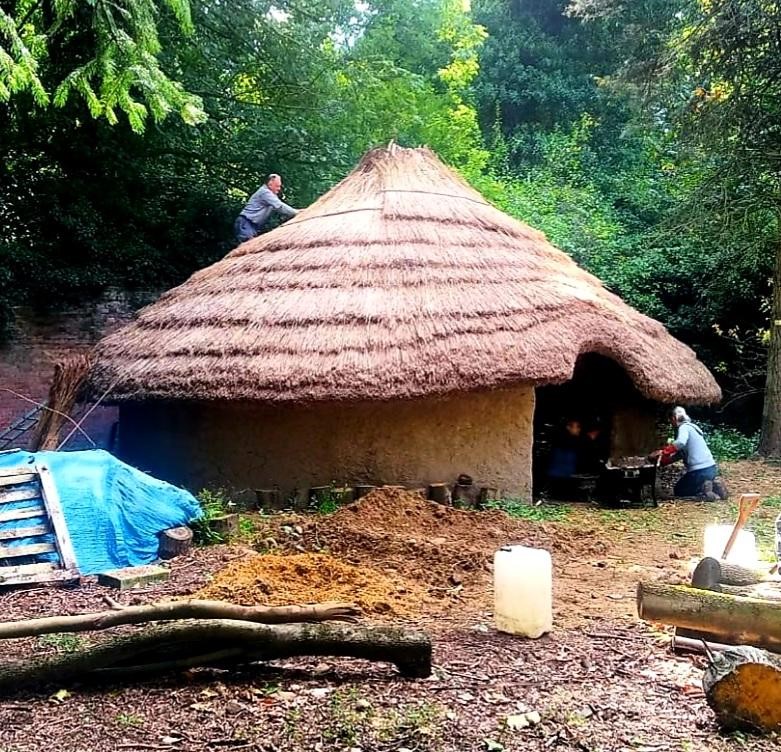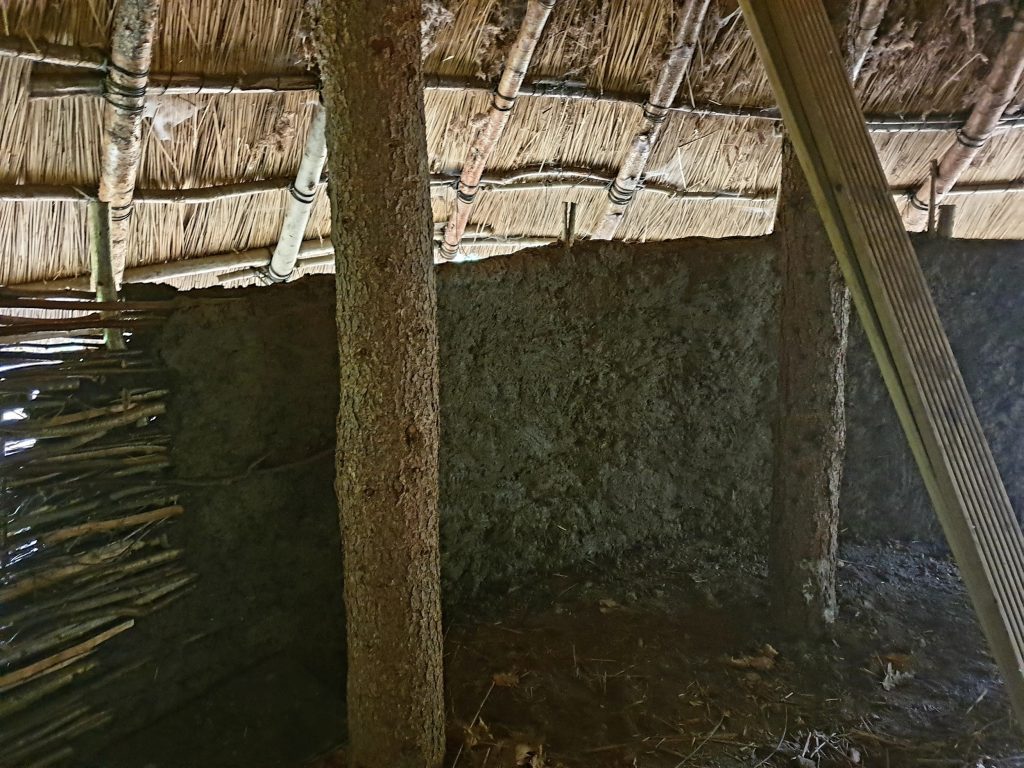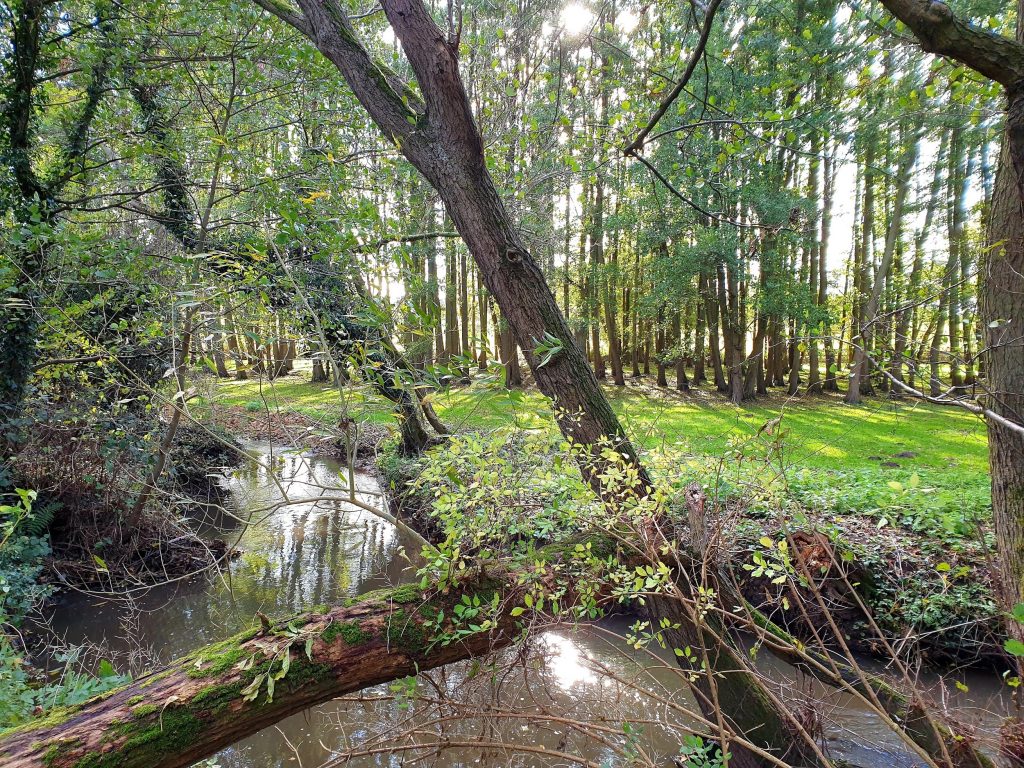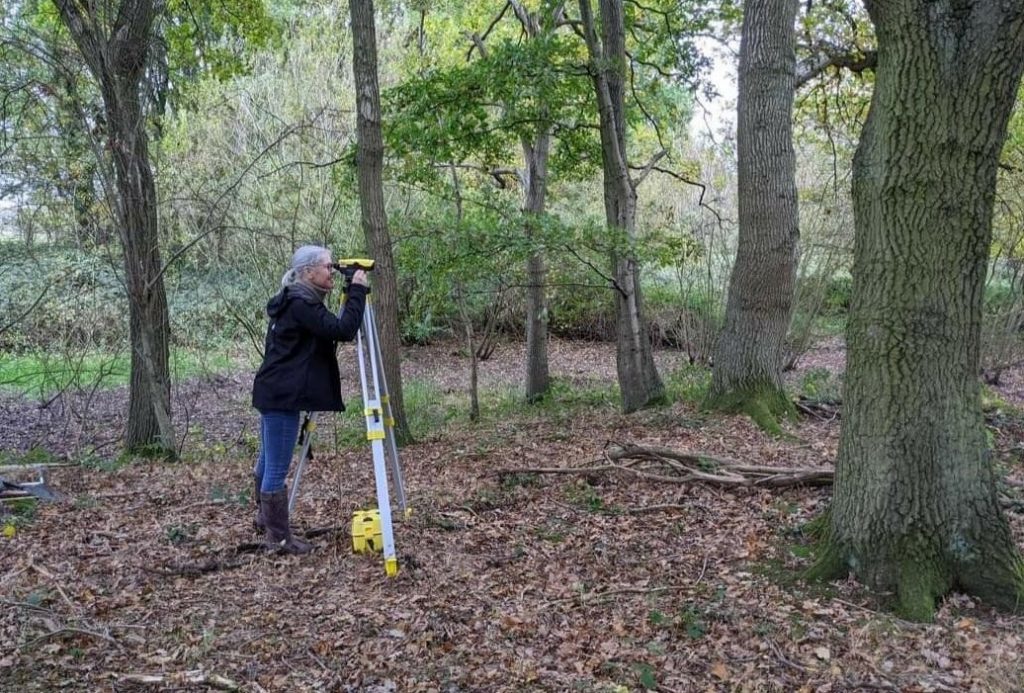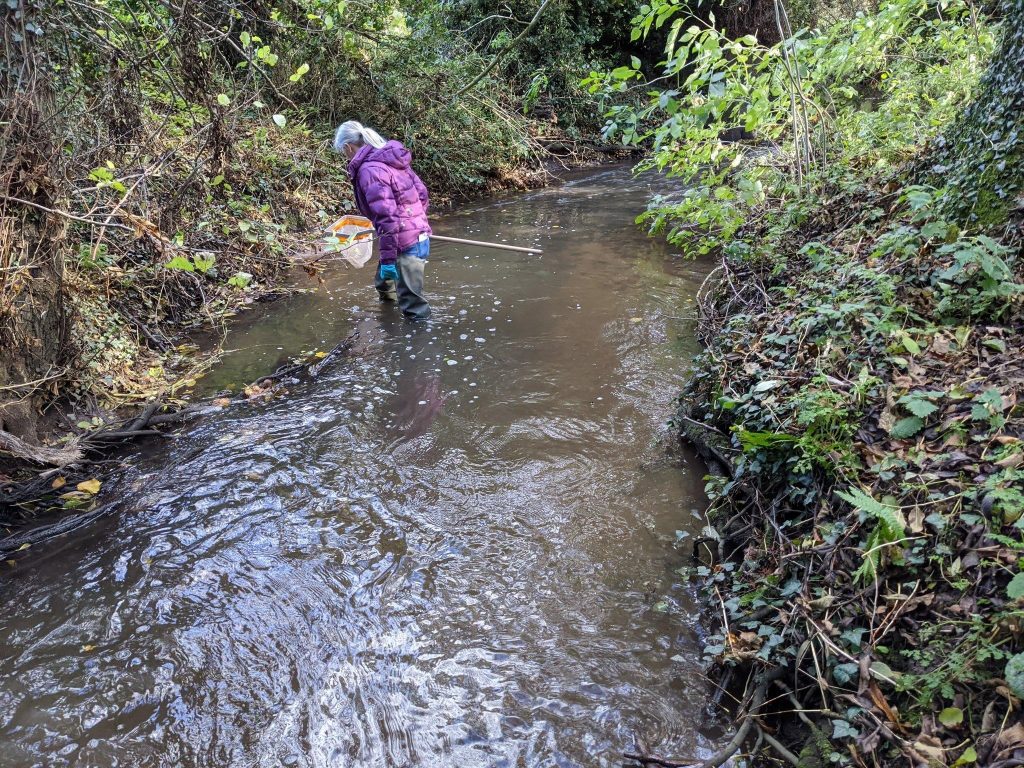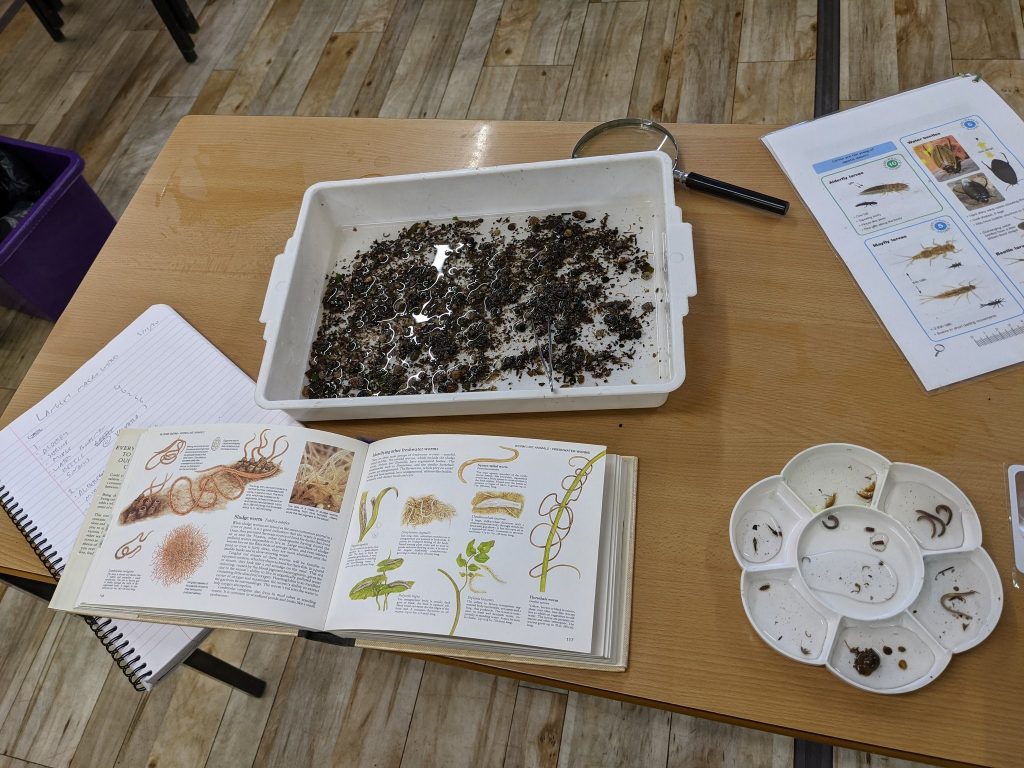Clare is a volunteer for Tame Valley Wetlands, and here writes about some of the work she has been carrying out alongside the team.
I began volunteering with Tame Valley Wetlands a few months ago and I feel like I have learnt so much in such a short space of time. I wanted to volunteer to ‘give something back’ and feel like I was helping to conserve and restore some of the nature in my local area. However I was also hoping that it might help me make the transition between careers that I was looking for.
My scientific background has always been molecular. I have worked in a research laboratory environment, have a PhD in Genetics and spent many years working in education teaching mainly GCSE and A Level Biology. During the last couple of years I have found a renewed interest in nature and the environment. I began to understand the massive impact that we have had on this planet and decided that I would like to work in a scientific environment where it felt like I was helping to restore things.
During my first few volunteering sessions with Tame Force I helped to clear overgrown areas of footpaths in nature reserves and helped work on the ‘daubing’ to form the walls of a replica medieval Roundhouse that is to be used as an outdoor classroom.
I have loved working outside during these sessions and meeting other volunteers who all have their own reasons for volunteering. Every session I learn something. It might be the history of a site, how to use a certain tool or even about a particular species that we stumble across during the session. Everyone shares their knowledge and each person brings their own skills to the session.
After chatting to some of the team at Tame Valley Wetlands I became interested in one particular project that was beginning at Langley Brook in Middleton and I began to get involved with this, working with Tame Valley Water and Habitats Specialist Officer, Andrew Apanasionok. The Langley Brook site has been identified as a site with the potential to be improved as a local wildlife site.
I have been assisting Andrew in preliminary assessment surveys at the site which included a Topographic survey and a Macroinvertebrate survey.
During the Topographic survey I learnt how to take elevation measurements along transects and investigate ground composition using an auger and a small trial pit. The survey concentrated on an area of low lying ground opposite the brook to assess its suitability for re-wetting. Sampling up to a metre deep, the ground was found to contain organic matter overlaying glacial and fluvial deposits. The elevation measurements taken will give us an understanding of the topography of the land and enable us to calculate where to excavate and the extent of excavation to allow the land to re-wet without risk of flooding to the surrounding area.
We also carried out a Macroinvertebrate survey of the brook. We chose 5 representative sampling sites along a 300m reach of the brook and using a standardised kick sampling method we collected the macroinvertebrates found there. We then identified the organisms found and scored each sample using the British Monitoring Working Party scoring system. This scoring system can be used as a way of assessing water quality. Invertebrates can be used as ‘bioindicators’ as many species are sensitive to pollution and sudden changes in their environment. Our survey found that all the sampled sites were categorised as ‘Poor’ in terms of water quality, indicating that they are polluted or impacted in some way. This survey will be used as a baseline to look for improvements following interventions. We are also hoping to establish an ongoing water quality monitoring programme using citizen scientists to take regular measurements using handheld probes. This will help us to identify any trends or pollution events and make appropriate interventions.
Each time I have visited the Langley Brook site I feel like I have learnt something new. I am understanding how important it is to work with local communities to conserve areas and some of the challenges involved.
Volunteering on this project is providing me with some quality training and practical experience in the field that will inevitably help me with future employment. I am loving being able to build on my existing knowledge, being able to work outside and being involved in a project where you can see you are making a difference. I can’t wait to see how the Langley Brook site develops and be able to enjoy it as a local wildlife site.
